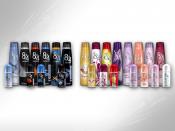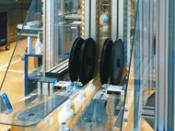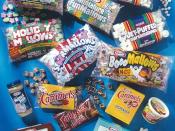Faika Seda MORALI
MBA- 201331010164
1. Briefly explain how T-box revolutionizes the traditional product approach in the apparel industry. Do you think that this is a reasonable risk to take? Why? Why not?
T-box was created by the top management team of Boyner Group in 2003. Boyner Group is the largest non-food retailer in Turkey since 1981. The group sells famous local and international brands of apparel, accessories, cosmetics and home appliances. Boyner Group targets middle-upper and upper income levels with a classic taste of fashion with high-class brands such as Network, Altñnyñldñz and Fabrika. In contrast with Boyner, T-box targets a younger market with a hip taste and a morbid sense of humor. T-box transforms textile products into fast moving consumer goods (FMCG), moving beyond the traditional understanding that clothes and accessories are rather in the shopping goods category. It became convenience good. Its target market volume is large, distribution is very extensive.
Prices are not expensive.
They wanted to create a new market and decided to treat the products under the clothing brand T-box as if they were Fast Moving Consumer Goods. Small packages which are fit in a hand, easy to carry especially for travel purposes, low priced products such as headbands, wallets, lighters and condoms at the cash desk has also allowed the brand to be perceived as "last minute, immediate purchase" brand and most importantly to support the FMCG image of the so-called fashion products, making them similar to the packaged fruit juices, toilet papers or house cleaning supplies lined up on a supermarket shelf.
The approach to the design of packaging and the presentation of the packs at the point of purchase had a great effect on sales.
The other step of revolution is that 1 euro/cent exists in the package of the...


